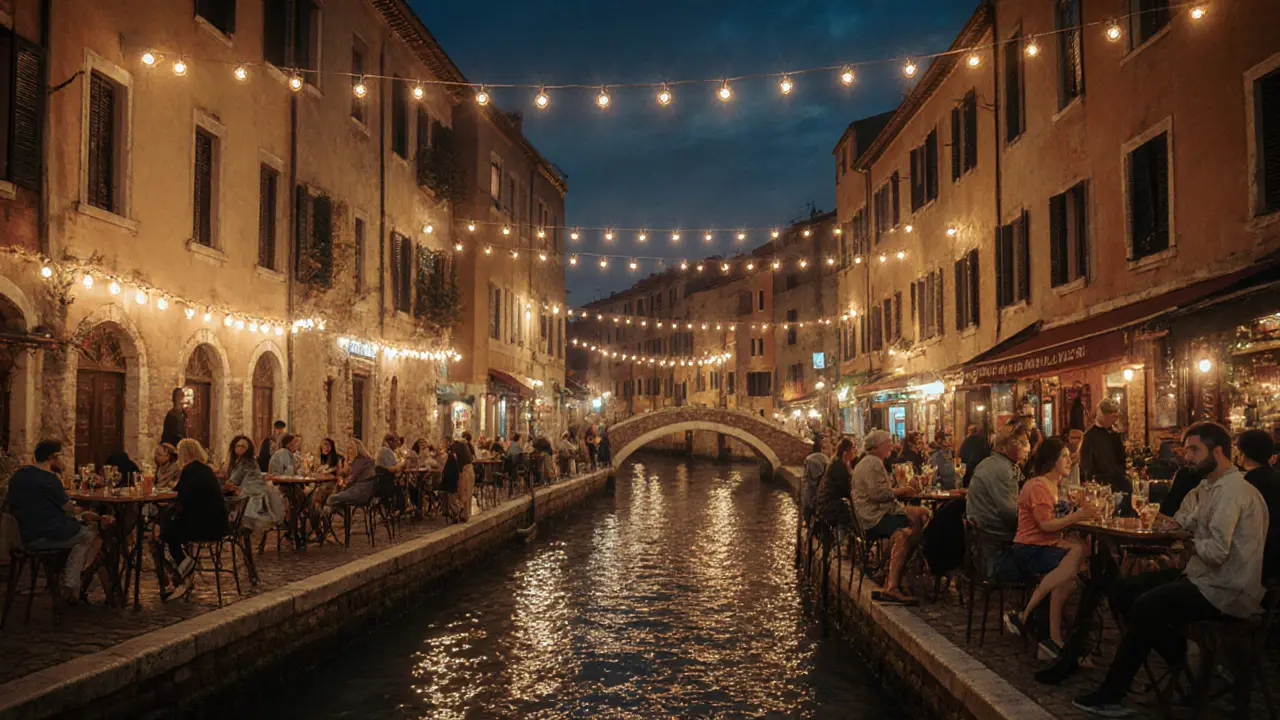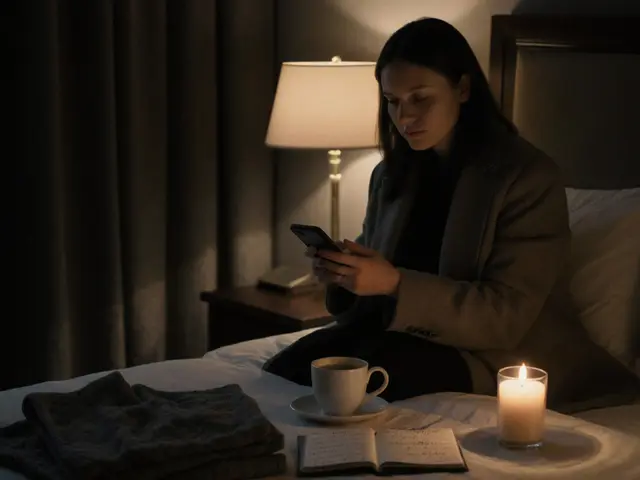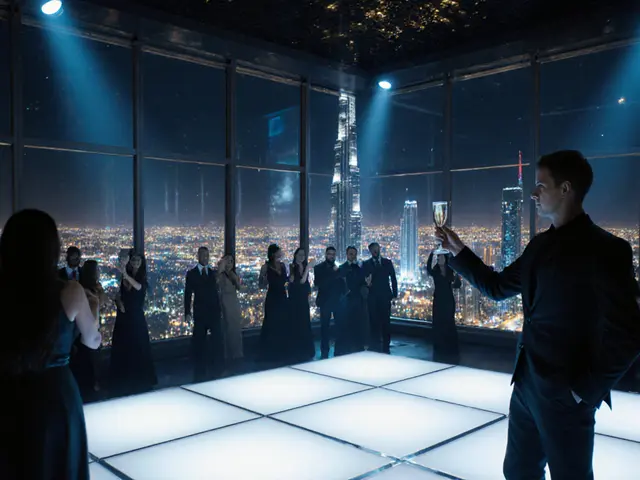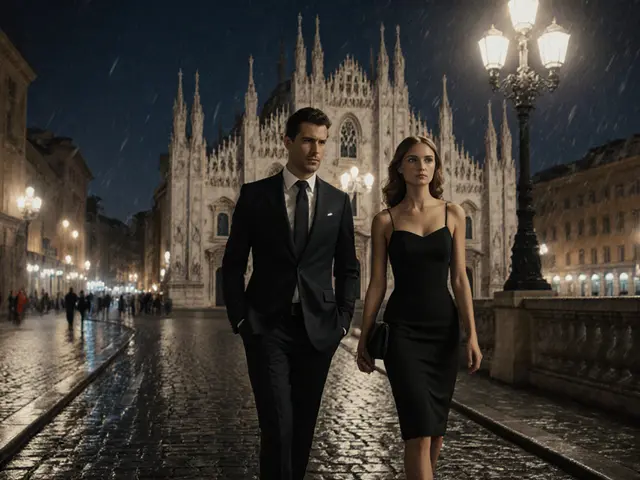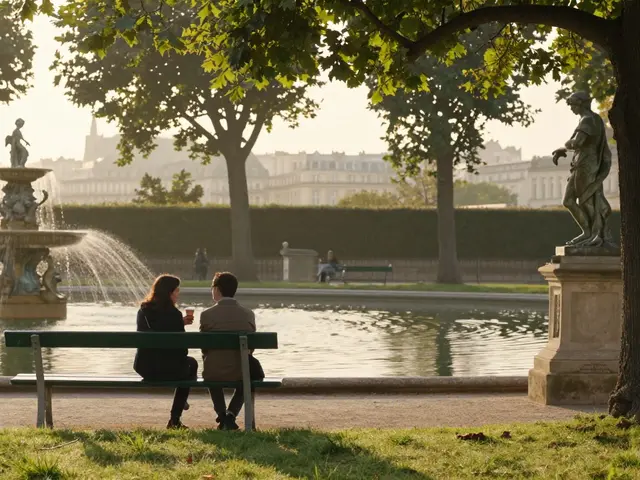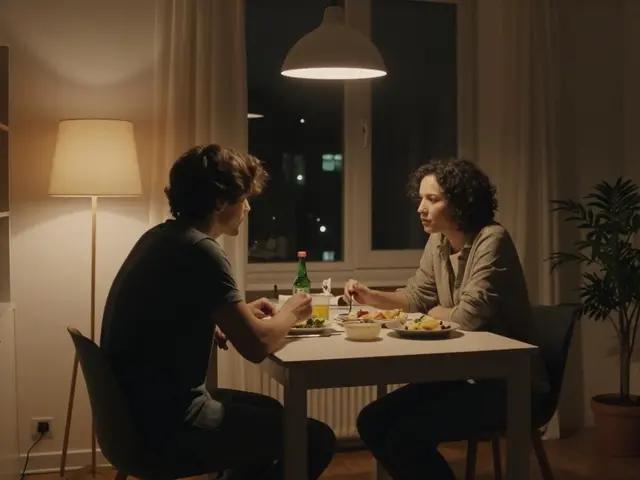Nightlife in Milan: The Ultimate Party Guide for Travelers
Millions visit Milan for fashion, food, and design-but few know how wild it gets after sunset. This isn’t just a city that sleeps early. By 11 p.m., the streets of Brera and Navigli buzz like a live wire. By 2 a.m., bass thumps through basement clubs where locals dance until sunrise. If you think Milan is all about suits and silk, you haven’t seen it after dark.
Where the locals go-beyond the tourist traps
Most visitors stick to the same three spots near Duomo: too expensive, too crowded, and too predictable. The real Milan nightlife lives in the neighborhoods locals call home. Start in Navigli, the canal-lined district that turns into an open-air party zone on weekends. Bars spill onto cobblestone sidewalks, live jazz plays from tucked-away venues, and Aperol spritzes cost under €8. You’ll find students, artists, and expats mixing under string lights. No dress code. No attitude. Just good vibes.
Head to Brera after 10 p.m. This is where Milan’s creative class unwinds. Tiny wine bars like Bar Basso a historic cocktail bar famous for inventing the Negroni Sbagliato in the 1970s stay open until 3 a.m. Order a spritz, sit at the counter, and watch the mixologists work magic with bitters and gin. This isn’t a tourist photo op-it’s a ritual.
For something grittier, try Zone 1-the old industrial zone near Porta Genova. Here, warehouses became underground clubs. Places like La Bolognese a cult favorite for electronic music lovers since the 1990s don’t advertise. You need a tip or a friend to find the door. No bouncers checking IDs. Just a velvet rope, a dim hallway, and a room full of people moving to techno that sounds like it was made in a subway tunnel.
Club scene: What to expect, and who’s playing
Milan’s clubs aren’t like Ibiza or Berlin. They’re smaller, smarter, and more selective. You won’t find 5,000-person mega-clubs. Instead, you get intimate spaces with curated lineups. Armani/Silos a fashion museum that hosts exclusive after-parties during Fashion Week throws invite-only events in its underground spaces. You won’t get in unless you know someone-or you’re dressed like you belong.
For regular clubbing, Magazzini Generali a multi-level venue with live acts, DJs, and rooftop views over the city is your best bet. It’s open Thursday to Sunday, and the crowd is a mix of locals and international travelers. DJs here don’t play Top 40-they spin rare Italo-disco, deep house, and underground techno. The sound system? Built by a team that used to work for Berghain.
Don’t miss Club 23 a basement club in the heart of Porta Venezia known for its queer-friendly vibe and drag performances. It’s loud, colorful, and welcoming. No cover charge before midnight. Drinks are cheap. And the dance floor? Always packed.
Drinks, not just cocktails
Milan didn’t invent the Aperol spritz, but it perfected it. But don’t stop there. The city’s drink culture runs deeper. Try a Campari Soda-bitter, refreshing, and served with a slice of orange. It’s what Milanese professionals drink at 6 p.m. on their way home.
For something stronger, head to Bar Basso a historic cocktail bar famous for inventing the Negroni Sbagliato in the 1970s again. Their Negroni Sbagliato is made with sparkling wine instead of gin-a happy accident that became a classic. Ask for it “alla maniera di Bar Basso.” They’ll know what you mean.
Wine bars like La Vineria a hidden gem in Brera with over 300 Italian wines by the glass offer tastings for €5. You can try a Nebbiolo from Piedmont, a Nero d’Avola from Sicily, or a rare Franciacorta sparkling wine. No pressure. No tasting notes on the menu. Just a sommelier who’ll ask, “What do you like?” and pour you something perfect.
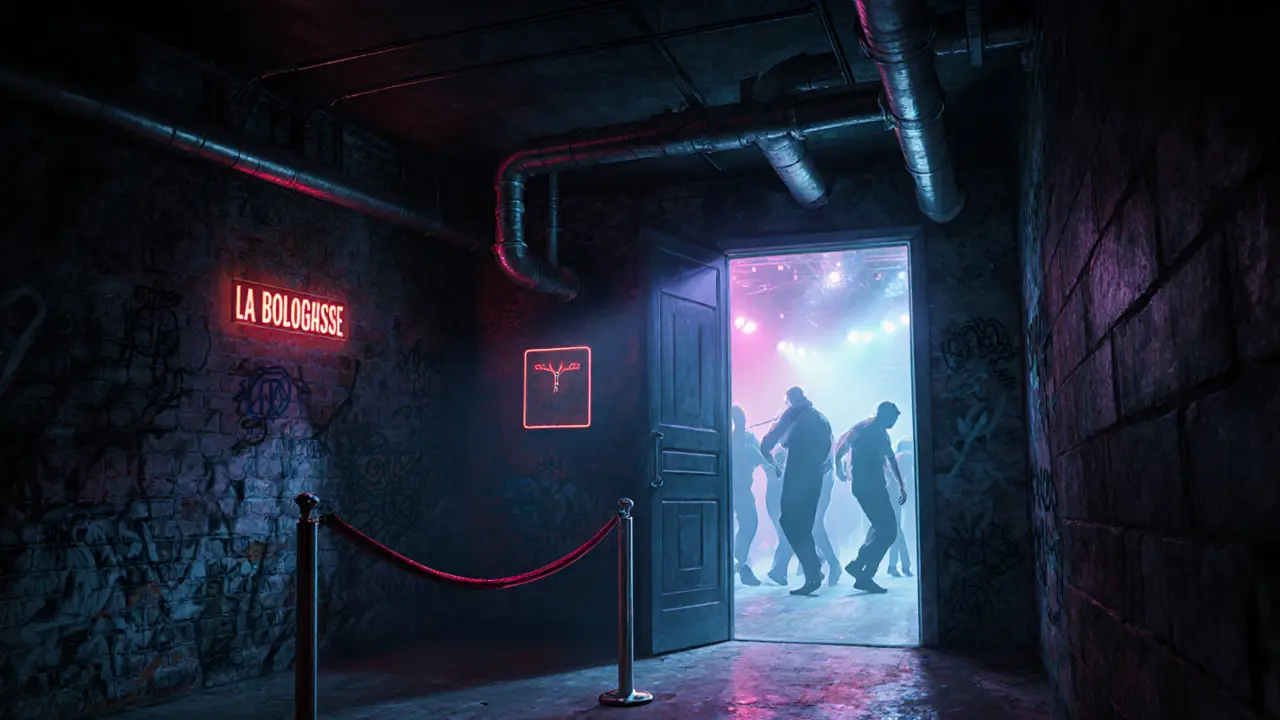
Dress code: Look sharp, but don’t overdo it
Milan is fashion capital for a reason. That doesn’t mean you need a designer outfit. But showing up in flip-flops and a hoodie? You’ll get stared at. The rule: smart casual. Dark jeans, clean sneakers, a button-down or a sleek top. No logos. No shorts. No baseball caps.
Clubs like Magazzini Generali a multi-level venue with live acts, DJs, and rooftop views over the city and Club 23 a basement club in the heart of Porta Venezia known for its queer-friendly vibe and drag performances have no strict dress code-but they notice effort. If you look like you care, you’ll get in faster. Bouncers here aren’t looking for money-they’re looking for energy.
Women often wear heels or stylish flats. Men skip the tie, but keep their shoes polished. A leather jacket? Always a plus. A hoodie? Only if it’s a high-end brand. Otherwise, leave it in your bag.
When to go-and when to skip
Friday and Saturday nights are packed. If you want space to move, go on Thursday. The crowd is smaller, the drinks are cheaper, and the DJs are more experimental. Sunday nights? Still alive. Some clubs, like La Bolognese a cult favorite for electronic music lovers since the 1990s, stay open until 7 a.m. with sunrise sets.
Avoid Wednesday. Most places are quiet. And don’t show up before 11 p.m. The city doesn’t wake up until then. Bars open at 9, but the real party starts after midnight.
During Fashion Week (February and September), everything changes. Hotels double in price. Clubs require invites. Streets fill with models and influencers. If you’re not here for the shows, skip it. You’ll pay more, see less, and feel out of place.
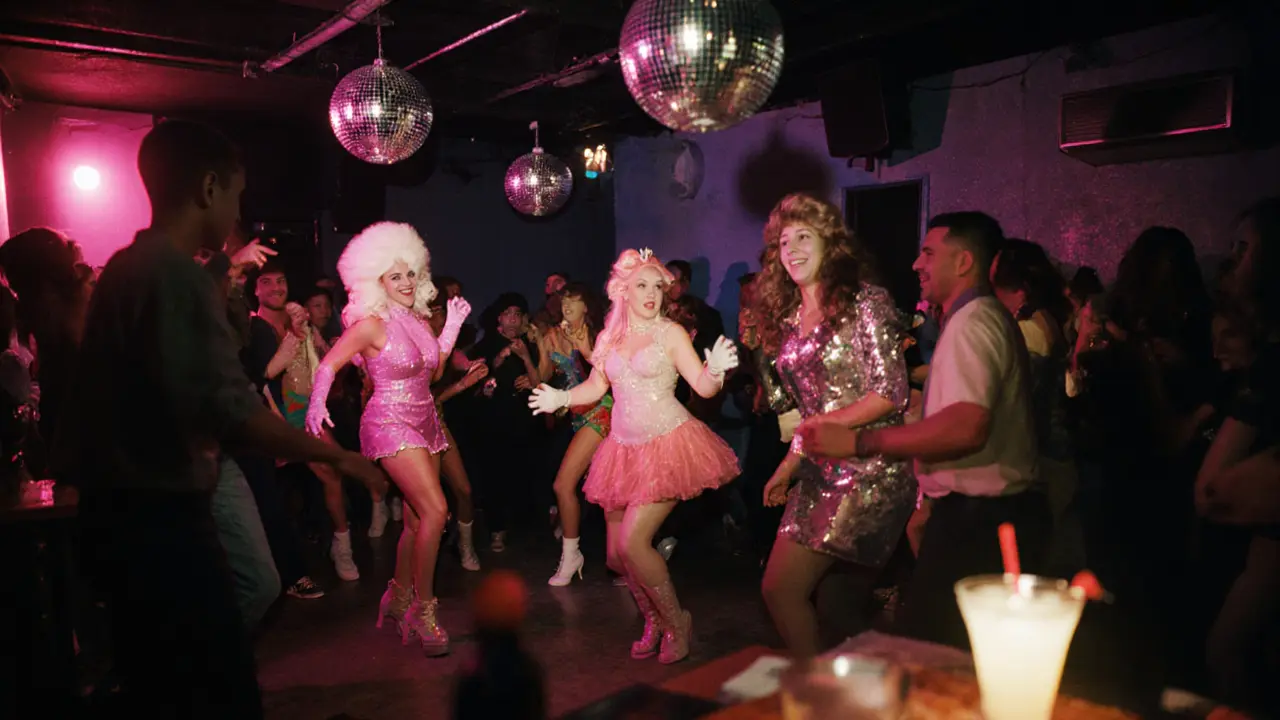
How to get around after midnight
Milan’s metro stops running at 1 a.m. After that, you’re on your own. Taxis are expensive-expect €15-25 for a short ride. Use apps like FreeNow or Bolt. They’re cheaper than hailing on the street.
Or walk. Milan is safe at night, especially in the city center. Navigli to Brera is a 20-minute stroll under glowing lanterns. Brera to Porta Venezia? 30 minutes. You’ll see street art, quiet courtyards, and maybe a couple of late-night pizza slices being sold from a van.
Some clubs offer free shuttle buses from central locations. Check their Instagram pages before you go. It’s a small detail-but it saves you a late-night taxi bill.
What not to do
Don’t ask for a “Budweiser” at a bar. You’ll get a look. Milanese bars don’t stock American lagers. Stick to Italian beer: Peroni, Moretti, or a craft brew from Birrificio Italiano.
Don’t tip aggressively. Service is included. A €1 coin for extra coffee is enough. No need to leave 15%.
Don’t take photos of strangers dancing. It’s rude. And don’t assume everyone speaks English. Learn three words: grazie, per favore, and un’altra birra. You’ll get better service-and maybe a new friend.
Final tip: Stay late, leave early
The best nights in Milan end at sunrise. You’ll find people still dancing on rooftops, sipping espresso, and laughing as the sky turns pink. But don’t stay out too late if you’ve got a flight. The city wakes up at 6 a.m. with espresso machines humming and bikes rolling past cafes. You’ll be exhausted. And that’s okay.
Milan’s nightlife isn’t about being seen. It’s about being present. Drink slowly. Dance like no one’s watching. And when the sun comes up, you’ll know why this city never sleeps.
What time do clubs in Milan usually open?
Most clubs in Milan don’t really start until after midnight. Bars open around 9 p.m., but the real energy kicks in between 1 a.m. and 2 a.m. If you arrive before 11 p.m., you’ll mostly find people having drinks, not dancing. The best clubs like Magazzini Generali and Club 23 don’t fill up until after 1 a.m.
Is Milan nightlife safe for solo travelers?
Yes, Milan is generally safe for solo travelers at night, especially in the main nightlife districts like Navigli, Brera, and Porta Venezia. The streets are well-lit, and there’s usually a crowd. Avoid isolated alleys after 3 a.m., and don’t walk alone in less touristy areas like Lambrate or Affori unless you know the neighborhood. Use apps like Bolt or FreeNow for late-night rides-taxis can be expensive and hard to find.
Do I need to book tickets in advance for clubs?
For most regular clubs, no-you can just show up. But during Fashion Week (February and September), many venues require invites or online reservations. Big-name DJs or special events at Magazzini Generali or Armani/Silos often sell tickets ahead of time. Check their Instagram or website the day before. If it’s a Friday or Saturday night, expect lines. Getting in early helps.
What’s the average cost of a night out in Milan?
A night out in Milan can cost anywhere from €30 to €100, depending on where you go. A drink at a bar in Navigli is €6-8. A cocktail at Bar Basso? Around €14. Club cover charges range from €10 to €25-sometimes free before midnight. Food after the club? A slice of pizza from a street vendor costs €3-5. Budget €50-70 if you want to drink, dance, and eat without splurging.
Are there any LGBTQ+-friendly clubs in Milan?
Yes. Club 23 in Porta Venezia is one of the most popular LGBTQ+-friendly spots, known for its drag shows, inclusive dance floor, and no-judgment vibe. Also check out La Scala a queer nightclub with themed nights and live performances and Bar Zuccone a cozy bar with a strong queer community and weekly karaoke nights. Most clubs in Milan are welcoming, but these places are intentionally built for inclusivity.
